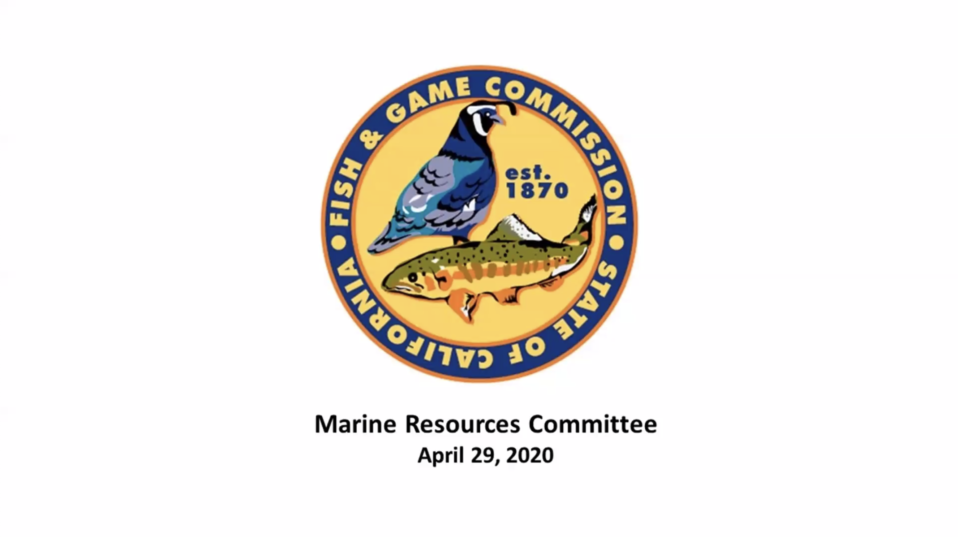At the April 29, 2020 Marine Resources Committee meeting, the California Aquaculture Association provided the following comment on agenda item 7: Marine aquaculture in California:
“The California Aquaculture Association supports the development of responsible marine aquaculture, including marine finfish aquaculture in California.
The Food and Agriculture Organization’s State of the World Fisheries report estimates that 93% of wild fish stocks worldwide are fished at maximum sustainable levels (i). Wild fisheries are managed well in California, but there are only so many fish that the ocean can sustainably produce. And with the world population projected to increase from the current 7.7 billion (2019) to 9.7 billion by 2050 (ii) , the demand for consumable proteins, including finfish, will only increase in the decades to come. Aquaculture is needed to supplement this demand.
Additionally, the COVID-19 pandemic has made it clear the need to increase food security in the United States. The U.S. imports 80% to 90% of its seafood (iii), approximately 50% of which is produced by way of aquaculture (iv). So we’re eating farmed fish already, it’s just not coming from our own farmers. We need to be producing more seafood domestically. California’s coastal waters provide us a perfect opportunity to do just that. Marine finfish aquaculture in California would create a new industry and hundreds, if not thousands of new jobs. In addition, it would reduce the carbon footprint of the seafood we eat by decreasing our reliance on fish imported from other countries. In a time when better food security, more economic opportunities, and more efficient food production systems are so vitally needed, the California Aquaculture Association strongly supports the development of responsible marine aquaculture, including marine finfish aquaculture in California to help satisfy these needs.”
i FAO, State of World Fisheries, p. 40.
ii United Nations, Department of Economic and Social Affairs, World Population Prospects 2019, p.1.
iii NMFS, Office of Science and Technology, Fisheries of the United States, 2017 Report, Current Fishery Statistics No. 2017, September 2018, p. 114.
iv Hauke L. Kite-Powell, Michael C. Rubino, and Bruce Morehead, “The Future of U.S. Seafood Supply,” Aquaculture Economics & Management, vol. 17, no. 3 (August 2013), p. 229.



Recent Comments